Lialis was founded in 2006 and for the first 10 years of its existence focused exclusively on the development of IBM Lotus Notes applications. But the cloud transition shifted the focus in 2016 to migrating IBM Notes application environments to different target platforms. With expertise, best-in-class tools and a dedicated team, Lialis has helped a large number of companies around the world analyze and decommission complex Domino platforms. The attitude of Lialis is always objective and goal-oriented.
The company has advanced capabilities and tools to facilitate the migration of all relevant Lotus Notes content to SQL. Subsequently, the data is edited and imported into d.3 with the help of the d.3 import tool. This allows any organization that has historically managed data in an outdated Lotus Notes environment to move to a modern document management solution. Through this migration, companies can improve their business processes and benefit from the advantages of modern document management solutions.
Steps to migrate from Lotus Notes to d.velop documents (formerly d.3ecm):
Step 1
Determine the objectives of the migration - clarify which systems and which data are to be migrated?
Step 2
Analyze interfaces to the current system and clarify whether they also need to be operated in the new system
Step 3
Define roles and responsibilities in the migration project
Step 4
Consider migration project in validation plan
Step 5
Conceptual design of the required services and time planning
Step 6
Perform risk evaluation and determine rollback strategy
Step 7
Existing data must be checked for errors in the old system and corrected if necessary.
Step 8
Data preparation by maintaining missing values
Step 9
Development of a verification strategy and definition of acceptance criteria for migration
Step 10
Defining transformation rules for a harmonization of data sets
Step 11
Implementation of the transformation rules
Step 12
Export of Lotus Notes databases
- Use Lialis Notes2SQL software to extract all forms, fields and field types used in Notes database. This information is exported to Excel.
- From this Excel file, Lialis Notes2SQL generates an SQL query.
- Create an SQL database for each Notes database.
- Run the SQL query from step 2 to create tables for each Notes form and table columns for each Notes field.
- For each Notes form used, configure a Quest NMSP migration job that maps all Notes fields to their associated SQL fields.
- Run the Quest NMSP jobs to transfer all Notes data to the SQL database.
Step 13
Import of the data into the d.3 system
- Application of the transformation rules
- Assigning a new document number
- Linking of attachments and further applicable documents
- Technical attribution and release of data
- Migration of current proofs of qualification if required
Step 14
Data verification through qualitative and quantitative testing
Step 15
Coordination and implementation as well as documentation of migration activities
Project with SCHOTT AG

In cooperation with lialis, a Lotus Notes migration has already been carried out at SCHOTT AG. This migration involved migrating over 17,000 documents from six independent Lotus Notes databases and harmonizing the quality management system in the process.
A special feature of lialis was to save all Lotus Notes documents (Lotus Notes documents = container of documents and metadata) as PDF documents. These PDF documents were also stored and linked in the document management system during the migration. Thus, all data and documents were adopted. This was particularly emphasized by auditors.
Minimum steps to be completed during implementation of a data migration:
Planning the validation
Careful planning is critical to successful data migration. Here, you should consider your goals, resources, timeline, and risks. It would be advisable to perform an inventory of your data to determine what data needs to be migrated.
Selecting the migration method
There are several methods to migrate data, including using third-party tools or developing a custom solution. It is advisable to weigh the different options and choose the method that best suits your needs.
Validating and testing the migration
Before you start the actual migration, you should make sure that your data can be migrated correctly. It is essential to create a test system and run your migration in a test environment to ensure that everything works as expected.
After you have tested the migration, you can start the actual migration. In order for your data to be migrated correctly, it is advisable that you perform all the required steps.
Monitoring after productive migration
Having completed the migration it is recommended to validate your data to make sure that everything has been migrated correctly. You should also ensure that all data integrity rules are followed and that all necessary security measures have been implemented.
After migration, it is important to ensure that all systems are functioning properly and that all users can access the migrated data. You should also ensure that all necessary maintenance is performed to maintain the integrity of your data.
Frequently Asked Questions (FAQs) on the Lotus Notes Migration
How can I prepare for the migration?
In preparation for the migration, the scope of the migration and the requirements for the data and acceptance criteria to be migrated should be specified precisely so that a test of the migration can be carried out against this specification.
What is the migration validation process?
A migration plan must be created for the migration and verification of the data. It is recommended to take a risk-based approach and provide an overview of the software in use and the migration activities. The data must be verified quantitatively and qualitatively after migration. Sampling is possible.
What should be considered when performing a migration?
The implementation of the migration must be coordinated in the organization with all stakeholders and well communicated. Since data is usually still being processed in the company, all workflows should be completed at the time of migration. The company must be informed about the time when data cannot be edited. In addition, it is advisable to set up at least read-only access for necessary documents.
How is a migration completed?
Having completed the technical migration, the quantitative and qualitative verification of the data is carried out by the subject matter experts. The verification of migration results must be documented and is completed via the migration report.
Quick contact
Do you have a question about the Lotus Notes Migration?
Our sales team will help you promptly and gladly.

